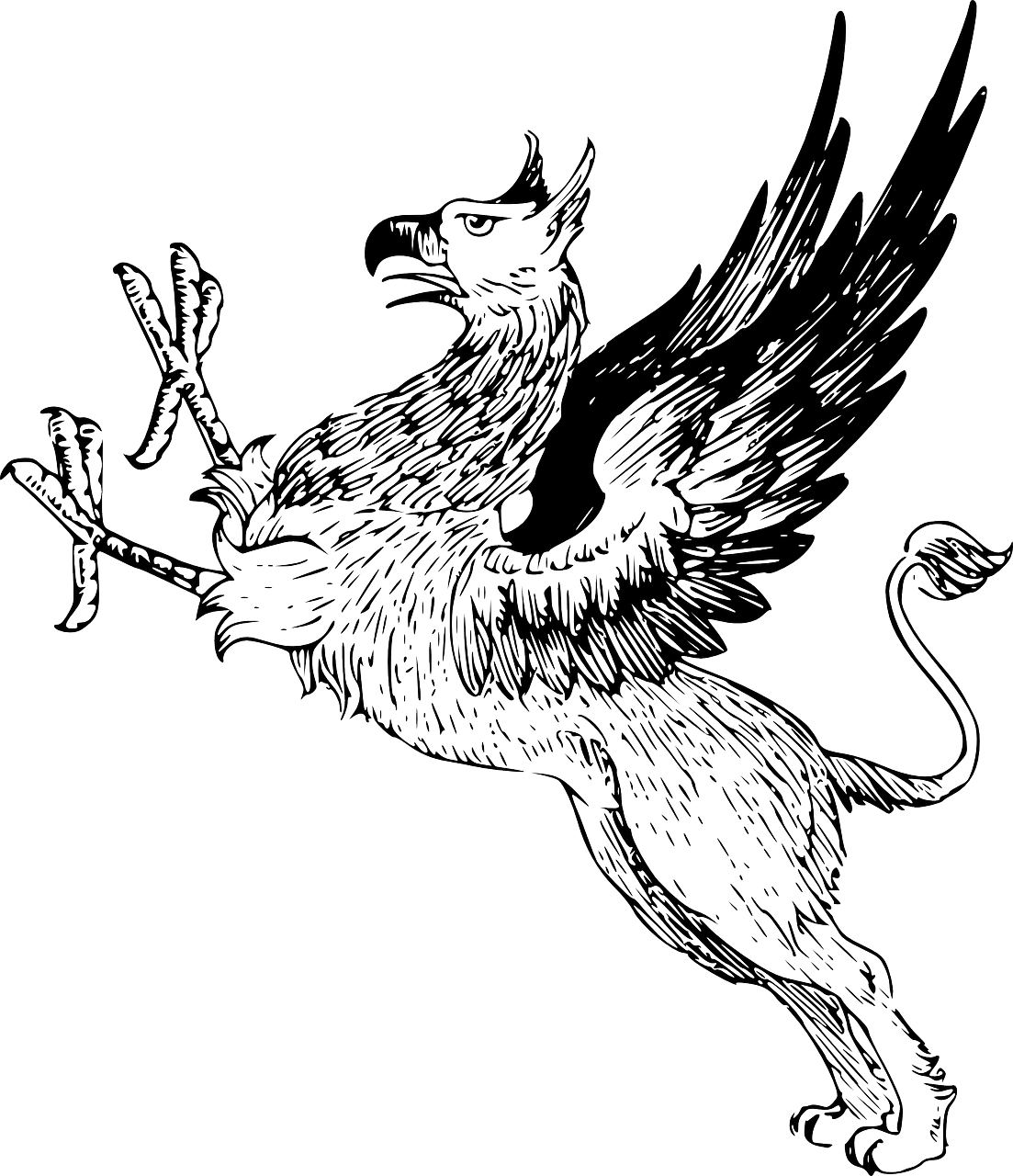The Aspinall surname is an old English name with roots in Lancashire. It originates from the Old English words æspen (meaning “aspen tree”) and wæll(a) (meaning “stream”), referring to a place where aspen trees grew by a stream. The family name is historically associated with Aspinwall, a small village in the region of Ormskirk, suggesting the Aspinalls were early landholders or influential figures in the area.
The Aspinall Coat of Arms
The Aspinall family coat of arms is a striking symbol of strength and nobility. It features a demi-griffin erased sable, collared, winged, and beaked or—imagery that conveys power and protection. The family motto, “Aegis fortissima virtus,” translates to “Virtue is the strongest shield,” reinforcing the importance of moral strength over physical defense.
Notable Figures in the Aspinall Family
Over the centuries, various Aspinalls have made notable contributions in different fields, from religion and architecture to entertainment and conservation.
William Aspinwall (17th Century) – Religious Leadership
William Aspinwall was an English nonconformist minister active during the mid-1600s. His refusal to conform to the Church of England’s doctrines led to his ejection from his post in 1662, marking him as a significant figure in England’s religious history.
Albert Wood Aspinall (1839–1903) – Master Builder
A renowned Australian stonemason, Albert Aspinall was known for constructing notable landmarks such as the Green Cape Lighthouse in New South Wales. His work contributed to Australia’s architectural landscape, with many of his buildings still standing today.
Neil Aspinall (1941–2008) – The Beatles’ Right-Hand Man
A close associate of The Beatles, Neil Aspinall played a crucial role in the band’s success as the manager of Apple Corps, overseeing their business interests and legacy. His contributions to music history are immeasurable, ensuring The Beatles’ influence endured long after their breakup.
Damian Aspinall (b. 1960) – Conservationist and Wildlife Advocate
Damian Aspinall, a businessman and wildlife conservationist, is the chairman of The Aspinall Foundation. His groundbreaking work focuses on breeding and releasing captive-born gorillas back into the wild in Gabon and Congo, making him a key figure in global conservation efforts.
John Aspinall: A Pioneer in the UK Gambling Industry
One of the most well-known figures bearing the Aspinall name is John Aspinall (1926–2000). Born in Delhi, British India, he later became one of the most influential men in the British gambling scene.
Aspinall entered the scene in the 1950s by hosting high-stakes private games in London, attracting aristocrats and businessmen. By the early 1960s, he launched The Clermont Club, an exclusive casino frequented by royals and high society. Known for its luxurious ambiance and invitation-only policy, his establishments stood apart from typical venues.
Today, the industry has evolved dramatically, with technology enabling enthusiasts to enjoy the best online casinos from anywhere in the world. Aspinall’s pioneering approach to casino entertainment paved the way for the high-end gambling experiences now available both in physical casinos and in the digital realm.
The Aspinall Name in Heraldry and Legacy
Beyond individual accomplishments, the Aspinall name carries with it a distinct heraldic identity that reflects the family’s broader historical significance.
The Griffin in Aspinall Heraldry
The demi-griffin on the Aspinall coat of arms is a mythical creature known for its combination of an eagle’s head, wings, and talons with the body of a lion. The griffin has long been associated with strength, wisdom, and guardianship. This symbol likely represents the family’s steadfastness in both battle and principle, as well as their involvement in positions of power and influence over the centuries.
Throughout medieval England, families bearing griffins in their heraldry were often linked to knighthood, military prowess, or positions of guardianship over estates. The Aspinalls, with their Lancashire roots, may have had connections to the feudal landholding system, where noble families were granted lands in return for military service and loyalty to the Crown.
The Evolution of the Aspinall Family Crest
The Aspinall coat of arms has likely undergone subtle changes over time, depending on specific branches of the family and their geographic locations. The sable (black) coloring in the griffin represents constancy and grief, while the gold elements symbolize generosity and elevated status.
Many noble families customized their heraldry to reflect achievements, marriages, or newly acquired titles. While there are variations in Aspinall heraldic depictions, the central griffin emblem remains a consistent mark of the family’s enduring legacy.
Aegis Fortissima Virtus
The motto “Aegis fortissima virtus” (“Virtue is the strongest shield”) serves as a reminder that power alone is not enough—moral strength, honor, and integrity are the true markers of nobility. This sentiment resonates with the Aspinall family’s long-standing influence in fields ranging from leadership and conservation to business and entertainment.
Conclusion
The Aspinall family has left a lasting mark across diverse industries, from religion and architecture to music, conservation, and gambling. Their coat of arms reflects the values that have guided generations of Aspinalls—strength, virtue, and perseverance.

